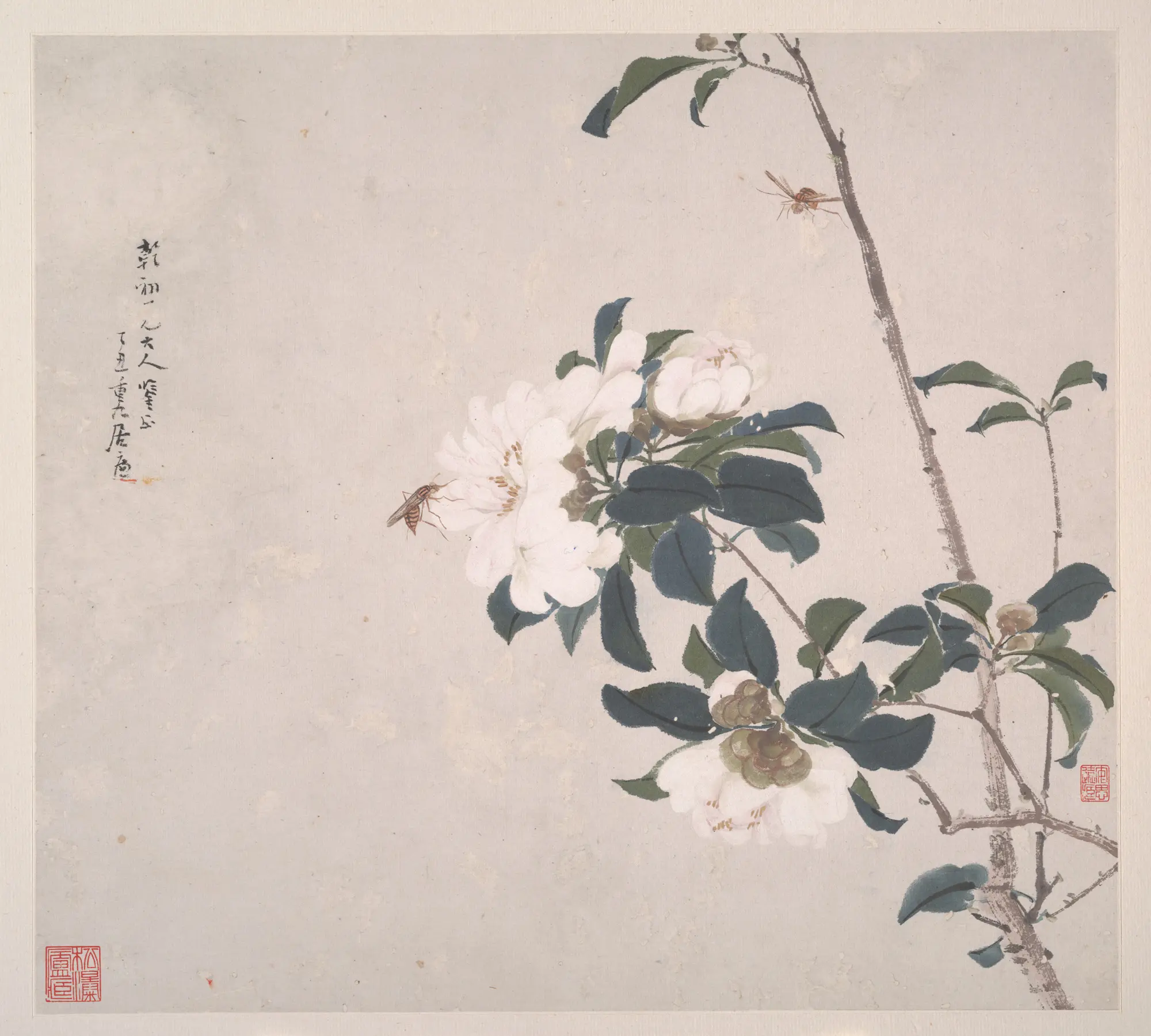Learn Chinese Character Pinyin

The sound of each Chinese character can be transcribed into Latin characters via a system known as Hanyu Pinyin, usually simply known as pinyin.
HanziHero is a Chinese character learning application that leverages spaced repetition and mnemonics to make learning Chinese characters as easy and efficient as possible. We use those same methods to help you easily learn pinyin, too.
Let’s go in depth on what exactly pinyin is and how HanziHero helps you learn it for each character and word.
What is pinyin?
Pinyin is a phonetic transcription system for Chinese. It is the standard way of writing down the pronunciation characters in Chinese.
For example, the character 好 has the pinyin hǎo .
Because Chinese characters are not phonetic by nature, pinyin is required to write down the pronunciation of each character. If you look up a character in a Chinese dictionary, each one will have its pinyin specified.
Used by students and native speakers alike
Many people mistakenly think that pinyin is only used by foreign students of Chinese. In fact, Chinese children also learn pinyin before learning Chinese characters.
Initials and finals
Each Chinese character is pronounced as a single syllable, which can be written down in pinyin. That syllable can be further divided into its initial and final.
For example, the pinyin hǎo can be divided into the initial h- and the final -ao . If you click on the audio for the syllable, initial, and final, you can get an understanding for how the three relate phonetically.
The four main tones
As you may have heard, Chinese is a tonal language. This means that a given syllable can be pronounced with a different tone or inflection, giving it a different meaning.
To illustrate this, consider the following four pinyin and their associated characters: 媽 mā , 麻 má , 馬 mǎ , 罵 mà . If you listen closely, you may be able to pick up the difference between the different tones. Each of those are associated with four different meanings: 媽 means mom, 麻 means hemp, 馬 means horse, and 罵 means to scold someone.
Pronounced a bit differently than how it looks
Pinyin utilizes Latin characters, but that does not mean the way to read pinyin is the same as the way to read English words written in Latin characters! It is no different than how an English speaker must pronounce French words written in Latin characters a certain way, instead of defaulting to the English pronunciation. Bourgeoisie is not pronounced bore-go-zee, after all!
Other transcription methods
Pinyin is simply a way to transcribe the sounds of Chinese down. It is currently the standardized way to do so, but there have been many other methods throughout history.
For example, the standard way to phonetically transcribe in Taiwan is to use a system called Zhuyin, which uses its own special alphabet. Other phonetic transcription systems of historic interest include Wade-Giles and Yale romanization.
These systems, while interesting in their own right, are not required for the student of Chinese. The majority of Chinese only know pinyin, and may not be familiar with the other methods.
Best way to learn and remember pinyin
Now that we’ve covered what pinyin is, let’s go over some essential methods for learning the pinyin for each character and word in a way that will help you remember it accurately.
Look up character pinyin whenever unsure
Part of the difficulty in learning Chinese is the need to memorize the pronunciation of every single character. If remembered incorrectly when speaking, you are more or less incomprehensible!
Often students of Chinese will “guess” a pronunciation of a character incorrectly and continue to use that incorrect pronunciation, slowly making it a habit. As such, it is important to look up the pinyin of each character whenever you are unsure of what it is, to avoid building bad habits.
HanziHero lists the pinyin next to each word and character used within our curriculum, allowing you to ensure you correctly know the pronunciation of each word.
Listen to sound recordings often
Often it is not immediately obvious how some pinyin is pronounced. For example, those who are not familiar with how pinyin works may pronounce qū like the English word “queue”.
To counteract these misconceptions, it is important to listen to pronunciations of pinyin often, to ensure your own pronunciation is correct.
HanziHero has audio built into each aspect of the course. Next to each bit of pinyin in our app is a little speaker icon like you see in this page, allowing you to hear how it sounds! We currently use computer generated speech, but hope to soon replace it with native audio throughout the application.
Use mnemonics to remember
Memorizing the pinyin of each character is quite a lot of work. There are over a thousand different unique pinyin syllable (inclusive of tone differences), and many thousands of Chinese characters.
To make this task a bit easier, it is useful to leverage mnemonics to help you remember the pinyin of each character. A simple story that helps you remember the initial, final, and tone of each character goes a long way.
HanziHero has our own mnemonic system that incorporates the pronunciation, meaning, and appearance of each Chinese character into an easy-to-remember mnemonic. This makes remembering the pronunciation of each character or word much easier!
Quiz yourself on each character and word’s pinyin
Learning each character or word’s pinyin is quite easy. The difficulty lies in remembering it.
The easiest way to do this is to regularly quiz yourself on each word or character’s pinyin. For example, make flashcards for each, with the front being the characters and the back being the pinyin. If you get it wrong, even if you “only missed the tone”, make sure to try again regularly until you get it entirely correct.
HanziHero has a built in spaced repetition system for our reviews, ensuring that you are regularly quizzed on the pinyin of each word and character that you learn. Using your past review history, we make sure to show you the one’s you get incorrect more often, and the one’s you always get correct less often. This way you can minimize time reviewing, and spend your time on studying new things or consuming Chinese media instead.
Start learning pinyin with HanziHero today
Learning pinyin for each character and word is an essential part of learning Chinese, and HanziHero has all of the tools and methods to make learning them as easy and efficient as possible.
Best of all, HanziHero has a comprehensive free tier, allowing you to try it out and evaluate it at your own pace, no credit card required.
Ready to start learning Chinese characters and their pinyin? Create a free account and give it a try!
